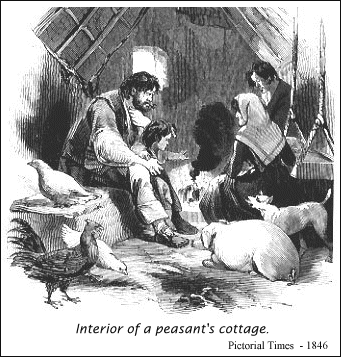Advertisement
If you have a new account but are having problems posting or verifying your account, please email us on hello@boards.ie for help. Thanks :)
Hello all! Please ensure that you are posting a new thread or question in the appropriate forum. The Feedback forum is overwhelmed with questions that are having to be moved elsewhere. If you need help to verify your account contact hello@boards.ie
Is the oppression of women overstated?
Comments
-
-
-
-
-
-
Advertisement
-
-
-
-
-
-
Advertisement
-
-
-
-
-
-
-
-
-
-
-
Advertisement
-
-
-
-
-
-
-
-
-
-
Advertisement
-
Advertisement


 occupants were actually the dispossessed descendants of Irish estate owners. It was not uncommon for a beggar in Ireland to mention that he was in fact the descendant of an ancient Irish king.
occupants were actually the dispossessed descendants of Irish estate owners. It was not uncommon for a beggar in Ireland to mention that he was in fact the descendant of an ancient Irish king.